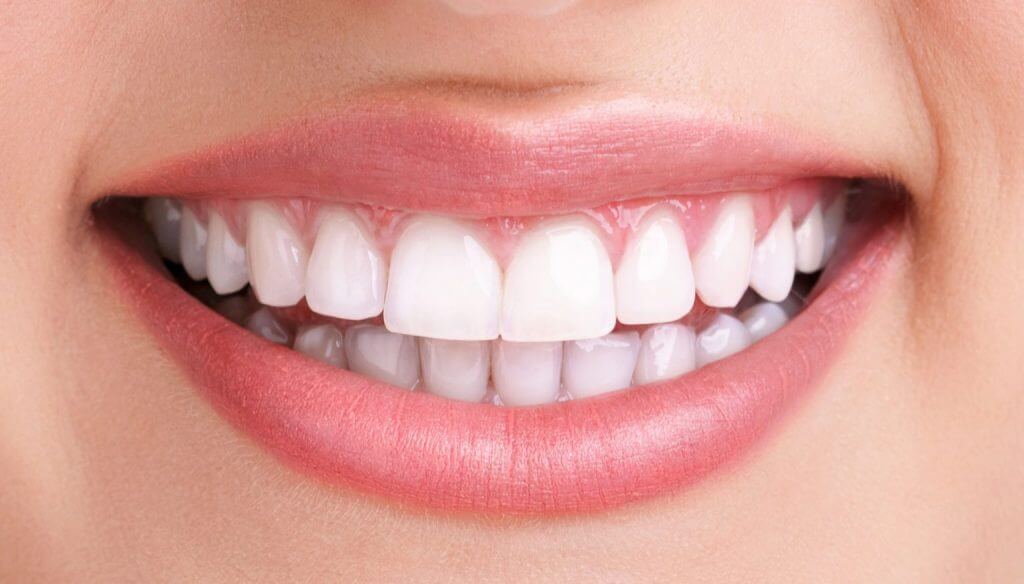Did you know that tooth decay can occur in five different stages? And that you can actually take action to stop the disease from spreading in the early stages of degradation.
Yes, that’s accurate.
Fluoride treatments, toothpaste, and even the local water supply can prevent cavities from entering the second stage of decay while they are still in the first stage, whether you are a child or an adult. Even your mouth’s saliva and the food you eat support the remineralization of a tooth that is in danger.
But that’s only the beginning! How about the remainder?
Knowing the stages of a cavity’s development can help you keep your kids’ teeth from developing in each stage. Always a lot happening in that tiny mouth!
Stage One: White Spots
In stage one, white spots start to appear just below the surface of the enamel and the tooth starts to exhibit signs of stress from the attack of sugars and acids. These white spots, which are a sign of dental demineralization and are more likely to appear on your child’s molars, can be simple to overlook.
Of course, a dental exam is made to detect these cavities! Do you now understand why it is advised to visit the dentist frequently?
As previously indicated, your dentist at Kent Seablue Dental can now fill the cavity without having to extract the tooth.
Stage Two: Enamel Decay
The surface enamel that is being damaged enters its last stage during stage two. The outer enamel will still be there for the first 50 percent of this second stage since the tooth erodes initially from the underside outward. There is no turning back once the cavity penetrates the enamel’s surface, and your youngster will need a filling to treat the cavity.
Stage Three: Dentin Decay
If a cavity in your child’s mouth advanced past stage two without your knowledge, you would undoubtedly notice it when it reached stage three since it would probably start to hurt. At this point, the dentin, the second layer of tooth material beneath the enamel, starts to be eaten away by the cavity. In order to stop the attack of germs on the tooth and keep the cavity from getting to the pulp, the most important part of the tooth, a filling can still be employed.
Stage Four: Involvement Of The Pulp
It will hurt once the hollow reaches the pulp. A lot. So, if you’ve unluckily missed all the warning signs up until this point, a screaming child or whining teen will undoubtedly alert you to a serious issue. The sole choice for therapy in stage four, short of full extraction, is a root canal. Stage four is critical. You should schedule an appointment with a dentist right away if you experience any of the aforementioned symptoms, and you can do so by calling our Kent dental office. In addition to performing several Root Canal Treatment (RCT) treatments, we also offer aftercare instructions to prevent infection in the treated area.
Stage Five: Abscess Formation
The infection has exited the tooth’s structure at the tip of the root in the fifth and final stage of a cavity. This then spreads the infection to the nearby tissues and perhaps even the bone structure. Pain would be intense and swelling would be frequent. An abscess can be lethal in kids (and adults) if it is not treated right away. If decay reaches this point, a root canal or extraction would be necessary. Want to visit us? Contact us at (253) 336-3000. We’ll do our best to restore your health!
As you can see, cavities do not develop suddenly. It truly does pay to visit the dentist at predetermined intervals since in the early stages, routine visits can stop and reverse the progression of these nefarious little demons. If a little nagging to get your kids to the dentist at Seablue Dental succeeds in keeping them from stage five for the rest of their life, you may rest easy despite the whining.



